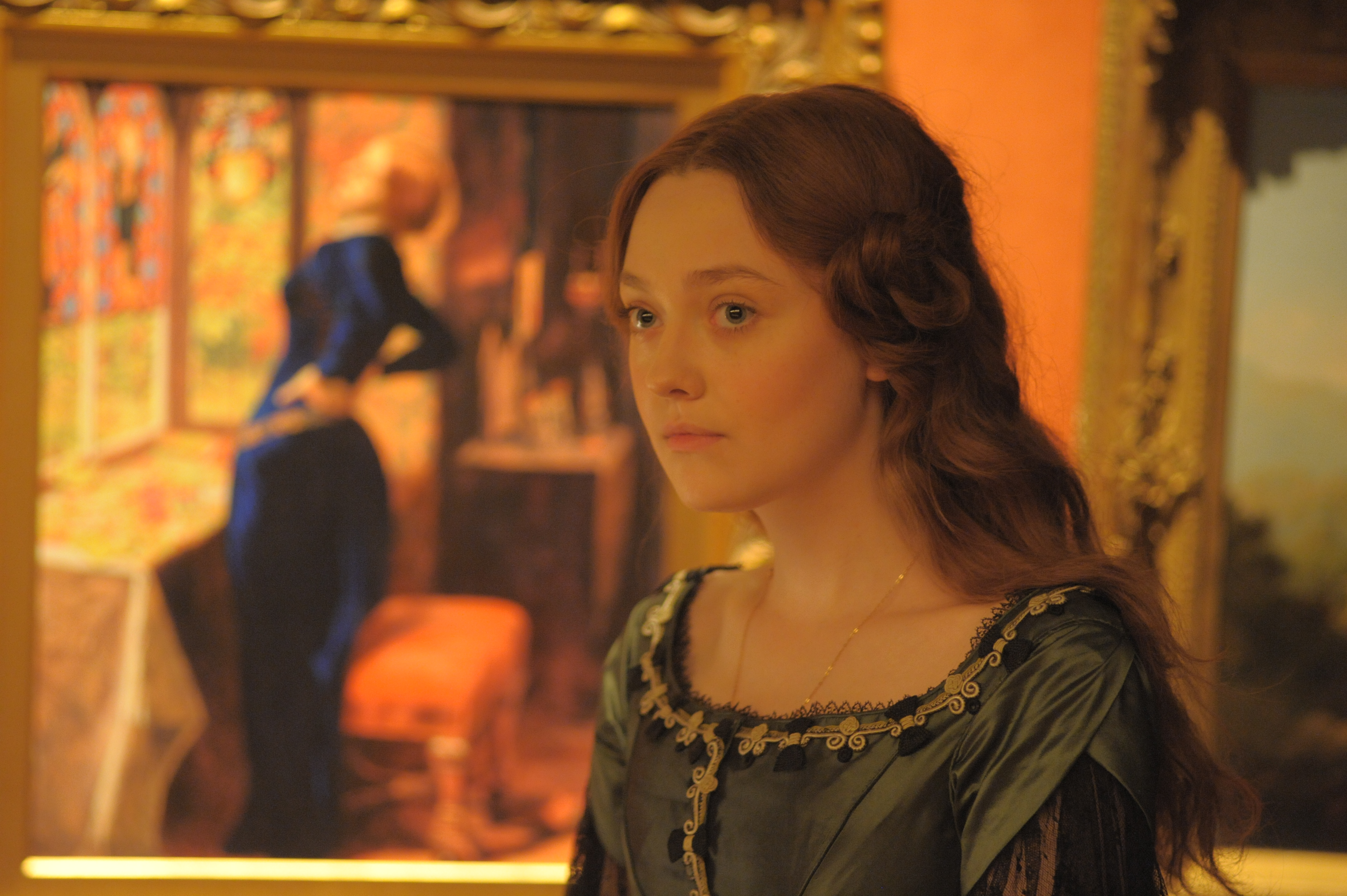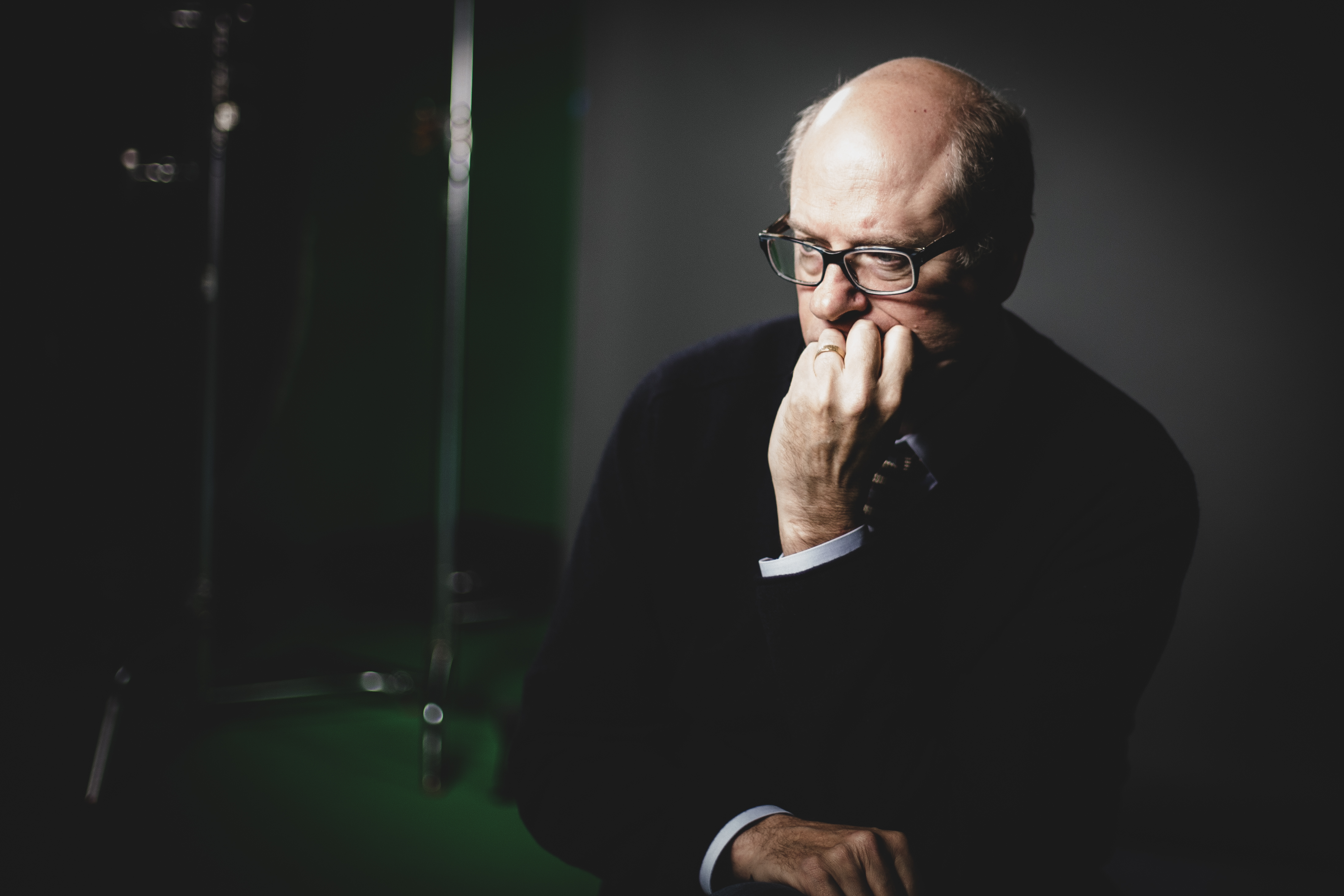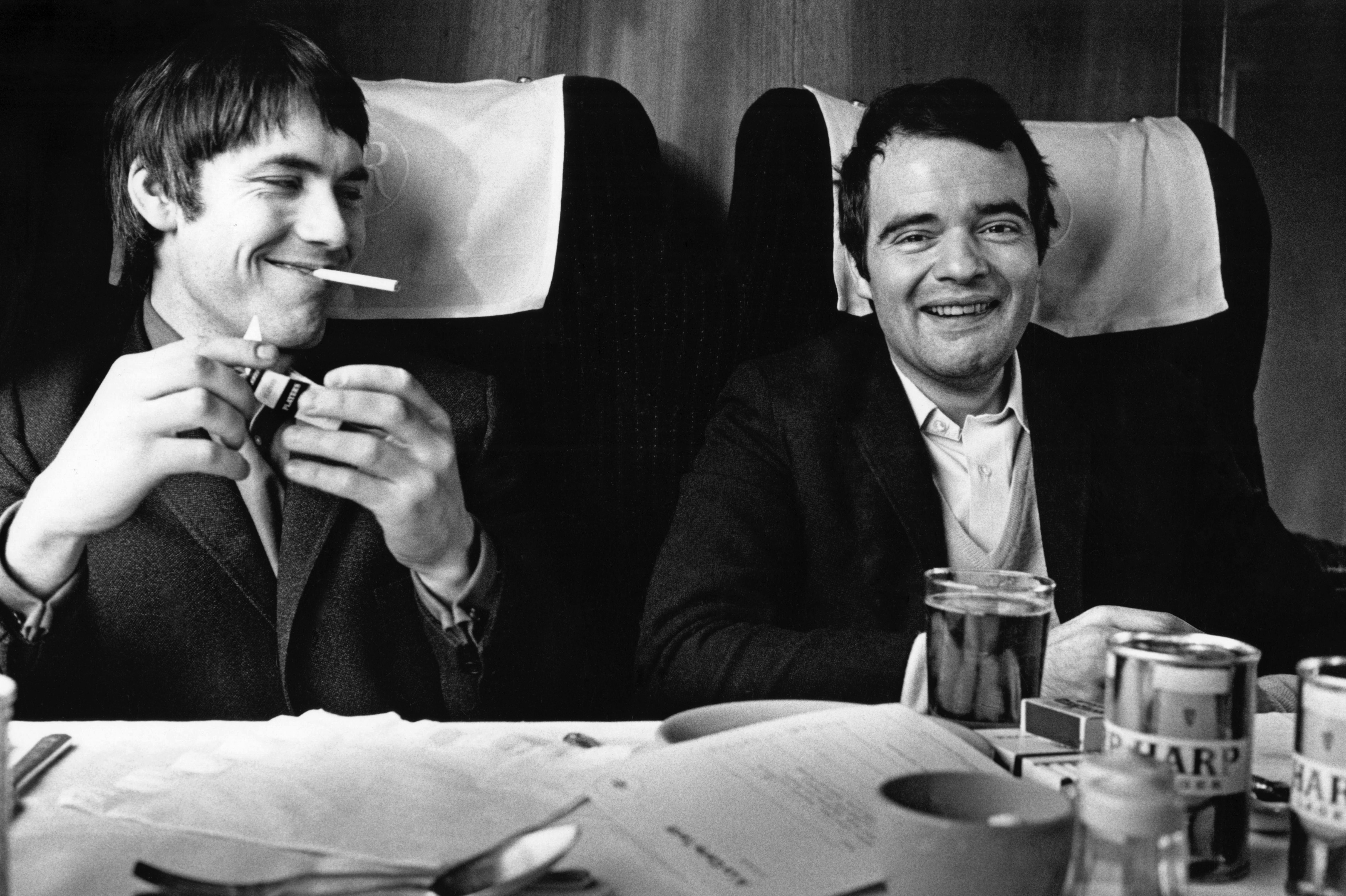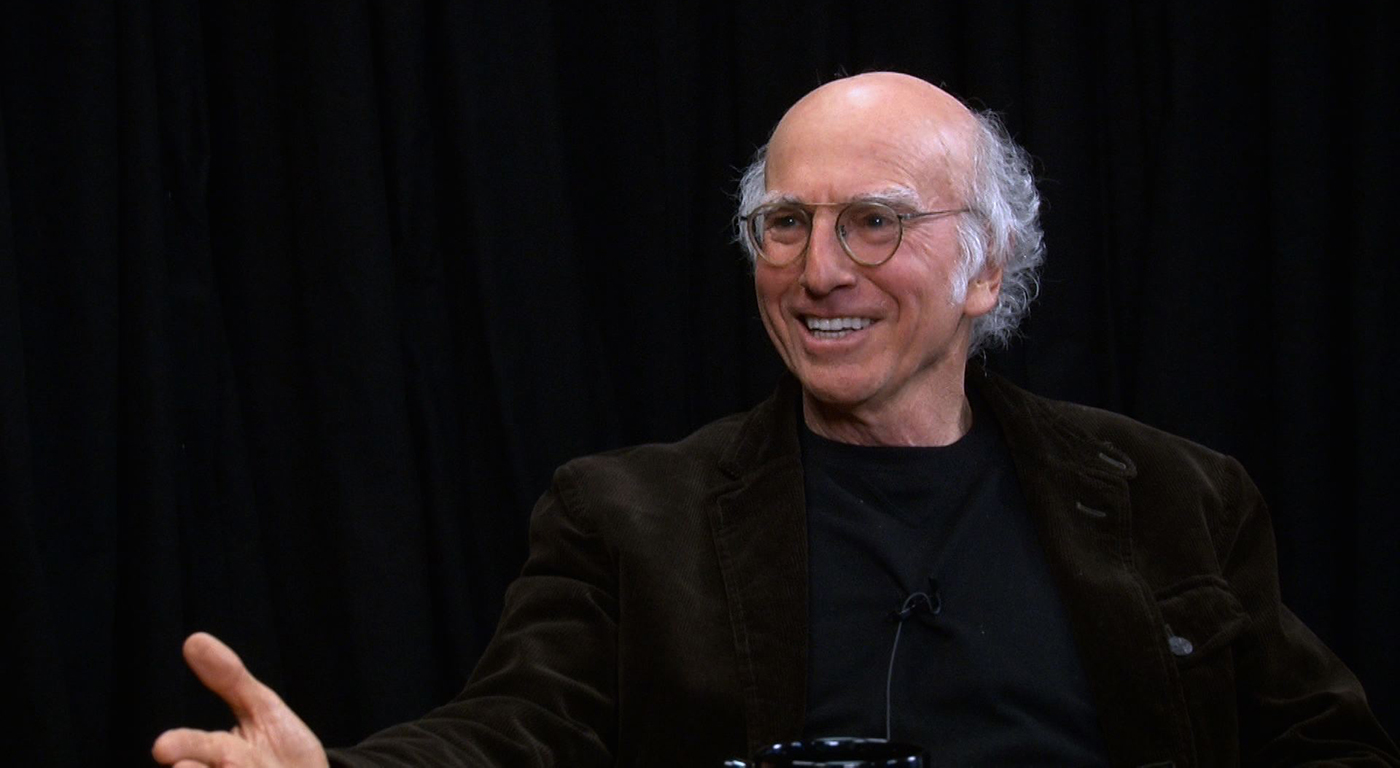It’s no coincidence that Dakota Fanning’s Euphemia (nicknamed “Effie”) looks like she stepped out of a pre-Raphaelite painting. Within the first few minutes of Effie Gray, she lives out her storybook fantasy and becomes the teenage bride of John Ruskin (Greg Wise), the 19th-century art critic who championed the upstart painters of the pre-Raphaelite movement. (He also praised J.M.W. Turner, earning the critic a small, lisping appearance in Mr. Turner.) John is serious, cultured, talented, and passionate in his love of art. A life with him will sweep Effie out of rural Scotland and into the center of London’s cultural elite—or so naive Effie believes. John meanwhile appears to view her as a lovely social prop for his budding career. He quite literally flees from any physical or emotional engagement with his wife. Did I mention he still lives with his parents (Julie Walters and David Suchet), who have spent their lives planning his career? The critic who argues that art should reveal truth is content to live a lie so long as appearances are maintained.
Appearances are everything in Effie Gray, a film that pushes tasteful restraint to extremes. Screenwriter Emma Thompson (Wise’s wife), who also plays Effie’s only London ally, offers a portrait of silent female suffering. Effie expresses herself mainly with furtive glances and longing looks. Director Richard Laxton, a British TV veteran, shoots it all like a series of still lifes with the characters trapped in their frames. When the young painter Everett Millais (Tom Sturridge), working on a portrait of Ruskin, leaves his face blank in the center of a wild natural backdrop, it’s hard to miss the suggestion of a man disconnected from the world. And if the resigned, exhausted misery of Effie’s pale face isn’t clear enough, Laxton cuts to the drowned maiden in Millais’ masterpiece Ophelia.
All those oppressive social codes Thompson wove so elegantly through Sense and Sensibility become the entire film here, and it shortchanges Effie. We get hints of a lively intelligence and curiosity, but Fanning isn’t given much opportunity to show us who Effie is, or could be, if unleashed from this smothering prison. Laxton is just as guilty of turning Effie into a bloodless symbol as Ruskin and his controlling parents. Effie Gray is lovely to look at, but never gives us a hint of life outside of those carefully composed frames.
film@seattleweekly.com
EFFIE GRAY Opens Fri., April 3 at Sundance Cinemas. Rated PG-13. 108 minutes.







